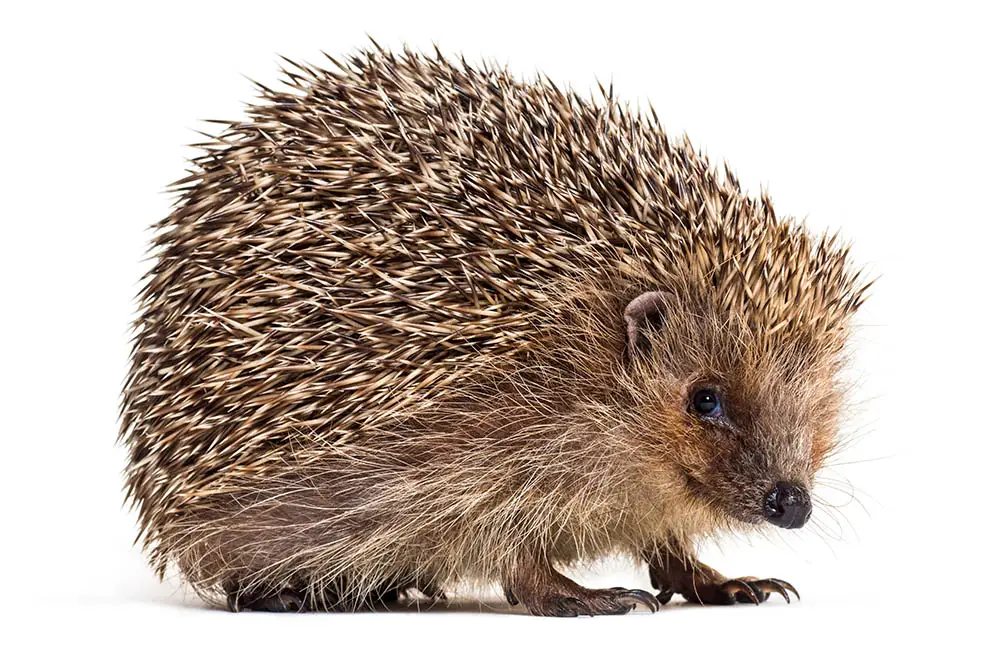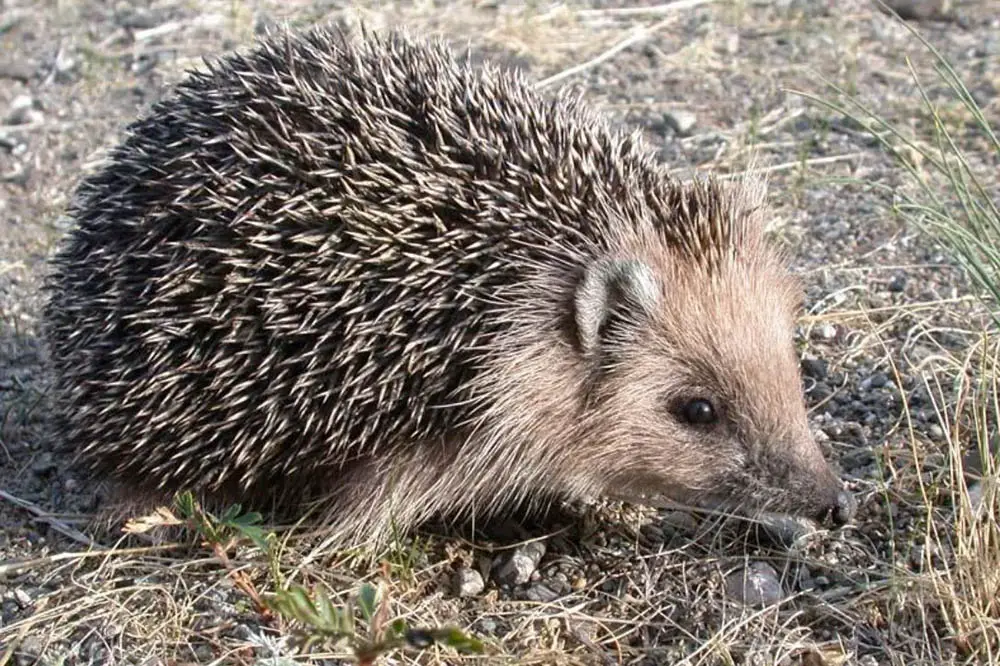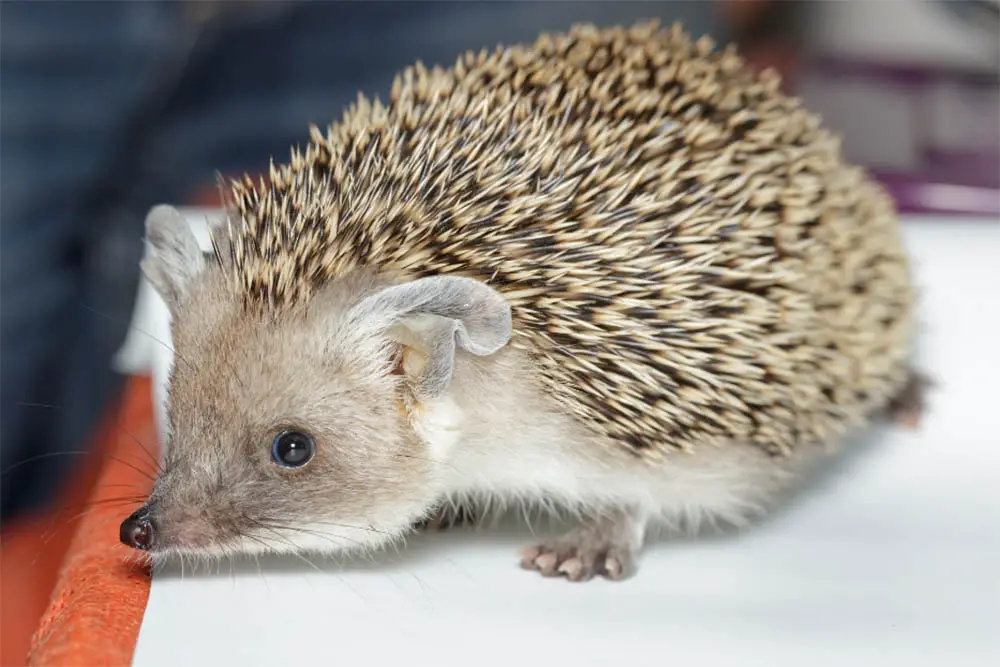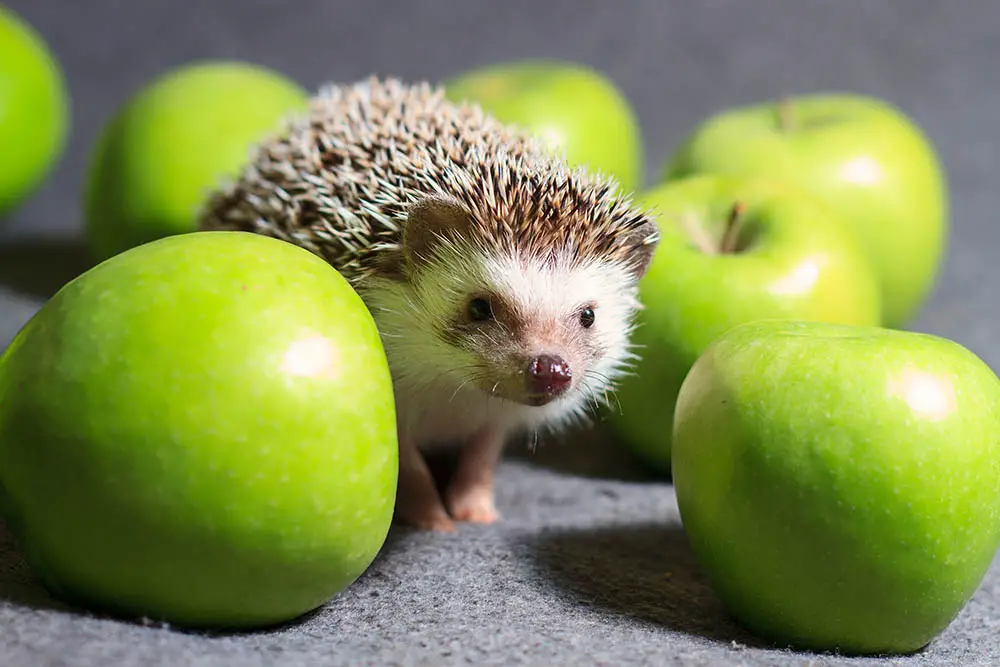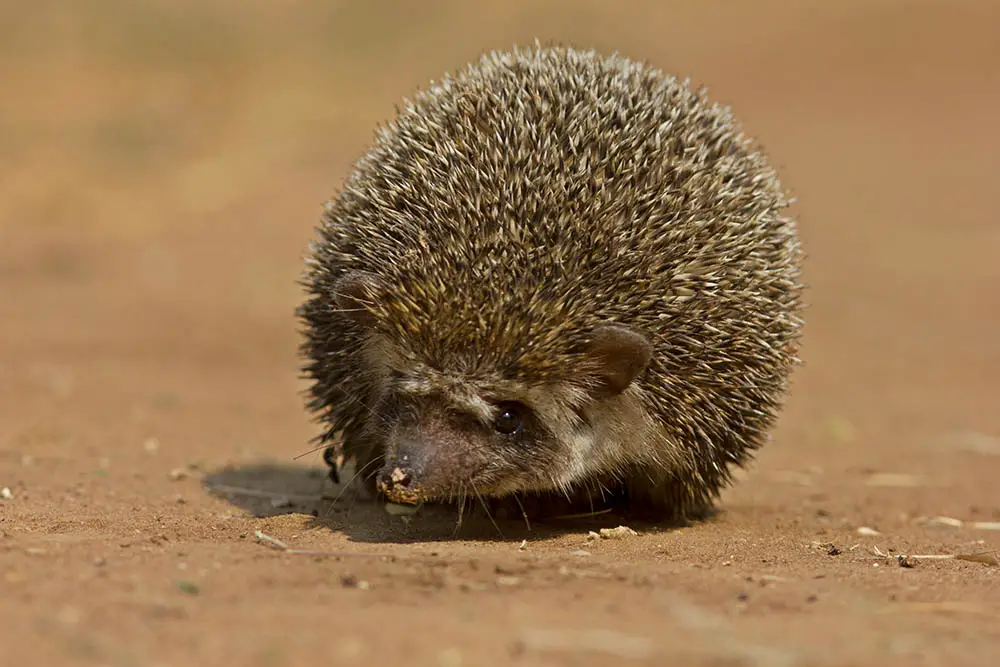There are lots of different types of hedgehogs, but Amur hedgehogs are particularly interesting. If you are looking to find out more information about the Amur hedgehog, then you have come to the right place.

In this article, we are going to tell you everything that there is to know about the Amur hedgehog to give you a better understanding of what they are all about. You might even be surprised by some of the facts that we are going to share with you.
What is an Amur Hedgehog?
The scientific name for the Amur hedgehog is Erinaceus amurensis, and it is also referred to as the Manchurian hedgehog. This is a type of hedgehog that is very similar to the European hedgehog when it comes to their appearance and behavior, but the Amur hedgehog is slightly lighter in color.
The Amur hedgehog is native to Amur Oblast, which is where the name comes from, Primorye in Russia, Manchuria in China, and the Korean Peninsula.
Just like other hedgehogs, they use their sense of smell and hearing when they are looking for their prey, and the name hedgehog actually refers to the pig-like grunts that they make as they forage for food.
Amur Hedgehog Size, Weight, and Color
This hedgehog is closely related to and slightly larger and lighter in color than the European hedgehog. It has a head and body length of between 160 and 290 mm, and it is known to have a very short tail.
This type of hedgehog weighs somewhere between 600 and 100 grams, and the head, back, and sides are covered in long and sharp spines.
Amur hedgehog’s can be of two different colors. Some of them will be plain white, and others will have a white or yellowish-brown base and tip.
They will also usually have a central portion that is mid to dark brown, and all of these things together class this animal as a pale brownish-grey color.
The quills that can be found on the heat are separated from each other by narrow strips of bare skin.
The quills are so strong that they will neither break nor fall out, and the spines are actually used as a defense mechanism when they are threatened. The face and underparts of the Amur hedgehog are covered in pale hair.
About Amur Hedgehogs
Just like many other hedgehogs, the Amur hedgehog is a solitary animal, and they typically only come together when mating season comes around. They are covered in long and sharp spines, or quills, and these are made up of keratin, and they serve as a defense mechanism.
When they are threatened, they will curl up into a ball in order to protect their head and belly, which leaves their quills facing outward.

Hedgehog quills are much stronger than porcupine quills, and they will not easily break or fall out.
Although many might think that the presence of quills suggests that Amur hedgehogs are closely related to porcupines, this is not actually the case. Interestingly, the closest relatives to the Amur hedgehog are moonrats and gymnures.
Amur Hedgehog Distribution and Habitat
The Amur hedgehog can be found natively in the Amur Oblast and Primorye in Russia, Manchuria in China, and the Korean Peninsula. Its range actually extends from around 29°N, which is just south of the Yangtze River, northwards to the Amur Basin and the Korean Peninsula.
These hedgehogs occupy a wide range of habitats, including grassland, forest edges, and other areas that have mixed coniferous and broadleaf woodland.
According to the IUCN Red List, it is known that they can be found in valleys and lowlands, but they are not usually found in highland regions, or other areas like cultivated fields.
However, the Mammals of China would disagree with this, stating that suitable habitats for these hedgehogs can include things like montane and sub-alpine terrain, steppe, shrub lands, cultivated land, and villages and city parks.
Amur Hedgehog Reproduction
The Amur hedgehog has the ability to be able to survive on their own without any partner or companionship, but they do typically come together when it comes to mating season.
There is not currently any information surrounding this specific species of hedgehog and its reproduction today. There will be one or two litters in the summer that consist of around four to six young.
Amur Hedgehog Ecology
Just like many other hedgehogs, the Amur hedgehog is a nocturnal species that comes out at night when it is time to forage for small arthropods, especially fly larvae, and earthworms, centipedes, snails, mice, frogs and occasionally fruit.
Various sources would suggest that the Amur hedgehog is preyed on by sable, but other sources would disagree. This hedgehog will enter a state of torpor in October, and they will then hibernate until the Spring time.
Amur Hedgehog Status
As of yet, the Amur hedgehog is listed as a common species that does not currently have any active threats against it. This means that the International Union for Conservation of Nature has assessed its conservation status as being of ‘least concern’.
How Long Do Amur Hedgehogs Live For?
These hedgehogs are more common than you might think, and they typically have a lifespan of around 8 years when in captivity. When it comes to living in the wild, it is thought that they can live for up to 5 years.
Amur Hedgehog Diet
Primarily, these hedgehogs can be classed as insectivores, but they will sometimes eat other small animals and fruit when the opportunity for it is presented to them.
As you already know, Amur hedgehogs are nocturnal, and they will usually feed at nighttime. They have poor eyesight, just like other hedgehogs, which means that they are unable to rely on their vision when they hunt.
Instead, they will rely on their other senses, especially their sense of smell, to sniff out their food. When they are rooting around for food, they are known to make snuffling sounds, similar to the sound that is made by a hog, so you can understand where their name comes from.
When they are in the wild, their main diet consists of insects, worms, centipedes, snails, mice, frogs, and snakes


